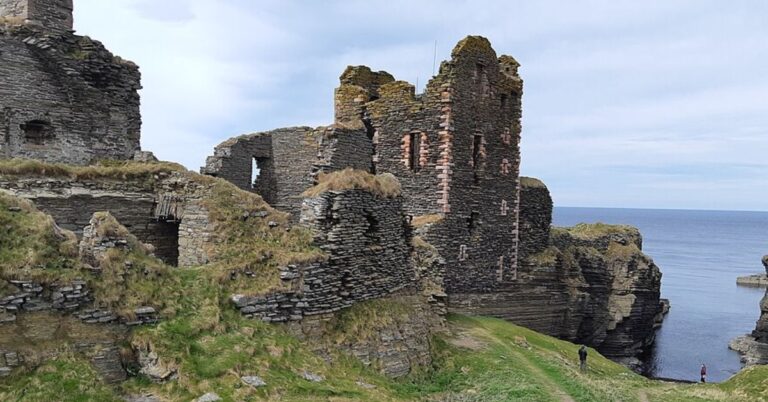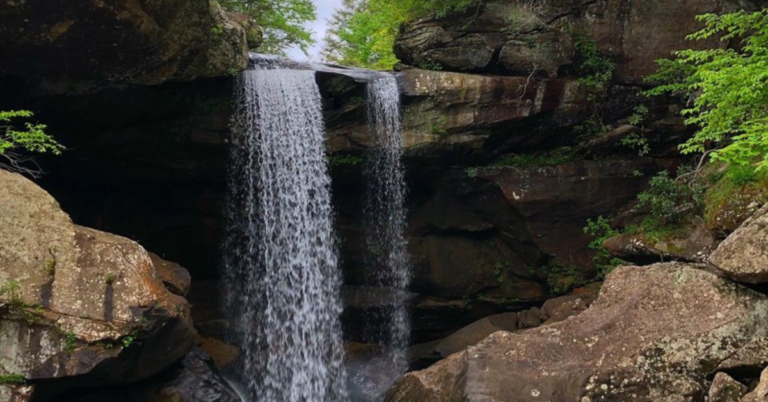15 Of Oregon’s Most Fascinating Underground Spots
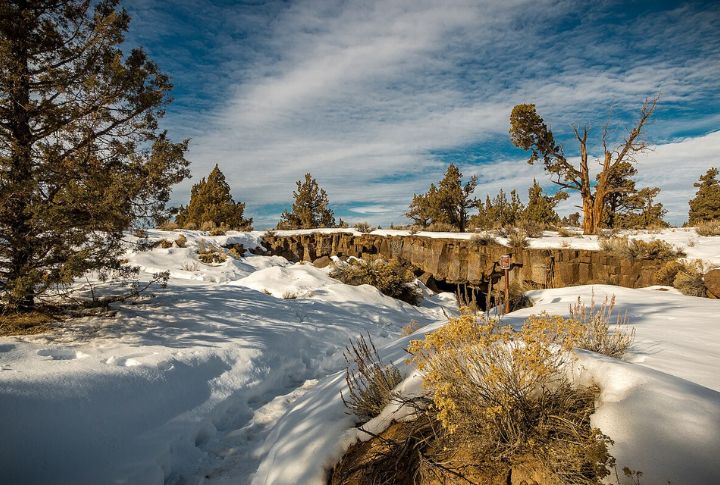
Beneath Oregon’s beautiful surface lies something far more surprising than many expect. Underground, you’ll find caves and tunnels that offer a different view of the state’s natural history. These 15 fascinating places invite visitors to explore and appreciate the other side of Oregon.
Skylight Cave
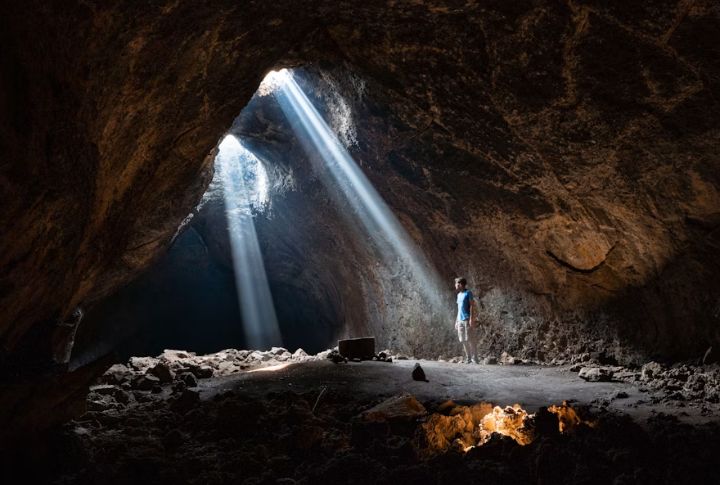
Skylight Cave features a naturally formed skylight that creates striking sunbeams at dawn during spring and fall. Shaped by ancient lava flows, this spot also serves as a daytime bat roost. Surrounded by pine forests, the cave remains relatively hidden.
Lava River Cave
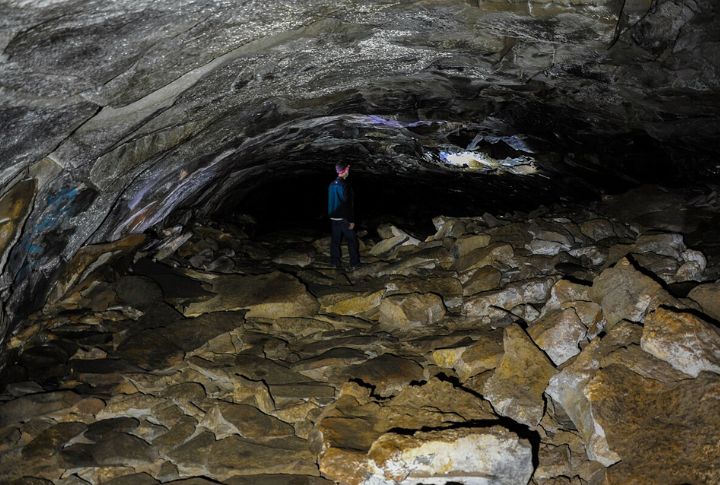
At 5,211 feet long, Lava River Cave holds the title of Oregon’s longest lava tube. Formed 80,000 years ago by the Newberry Volcano, its interior stays at 42°F year-round. Visitors should expect total darkness and bring a strong flashlight.
Boyd Cave
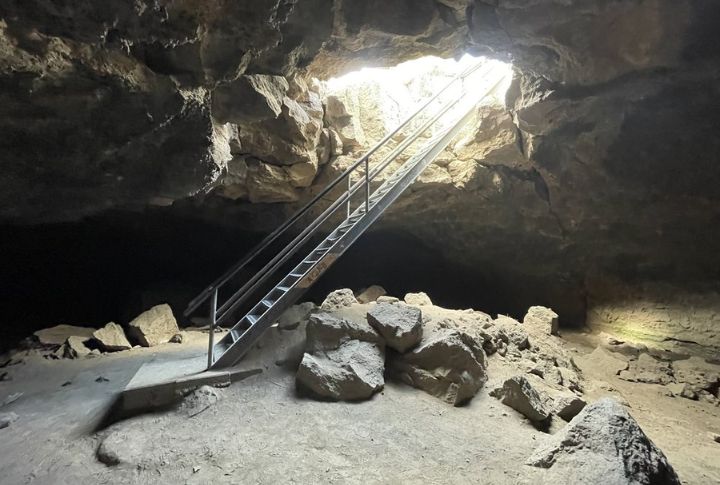
Boyd Cave stretches about 1,880 feet and remains well-preserved. Locals favor it for casual caving trips, and visitors can join in. It has smooth, rounded walls that are sure to fascinate visitors and a staircase providing straightforward access for the public.
Arnold Ice Cave
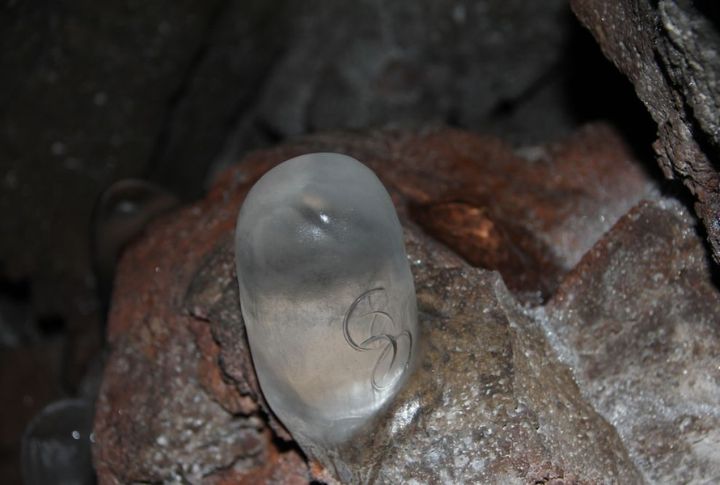
Year-round ice deposits fill Arnold Ice Cave, a place used by pioneers for ice harvesting in the 1800s. Civil War soldiers also stored food in this cave that connects to a 19-mile lava system. Visitors will hardly forget the sight of the ice glowing blue.
Derrick Cave
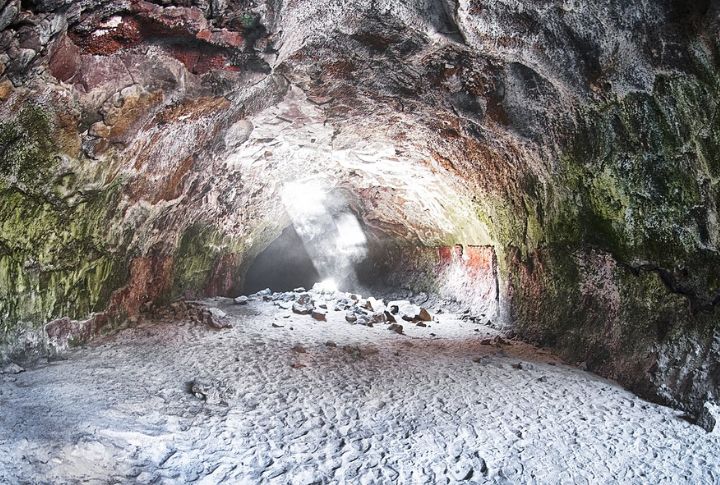
Derrick Cave is over 1,200 years old and once served as a Cold War fallout shelter in the 1960s. It sits in a remote desert area, and its chambers produce clear echoes. Astronomy enthusiasts enjoy this site, but everyone else is welcome.
Hidden Forest Cave
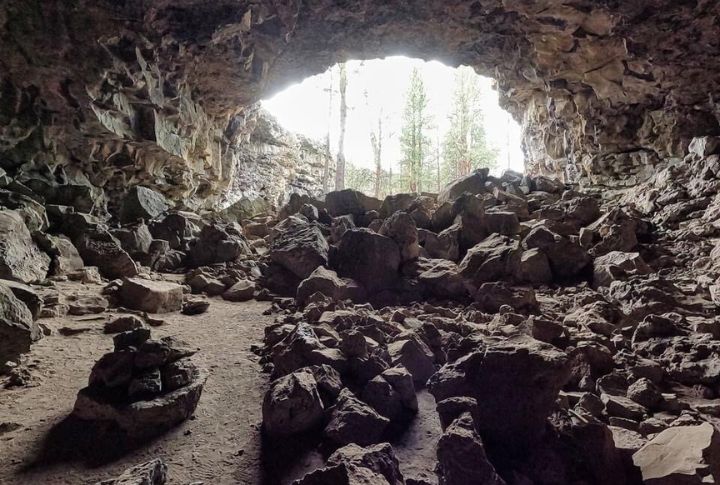
A collapsed cave created a sunlit underground forest here. This cave doubles as a wildlife haven and stays hidden from casual hikers, rewarding those who venture off the main trail. The natural amphitheater is great for a quiet picnic, so feel free to bring snacks.
Redmond Caves
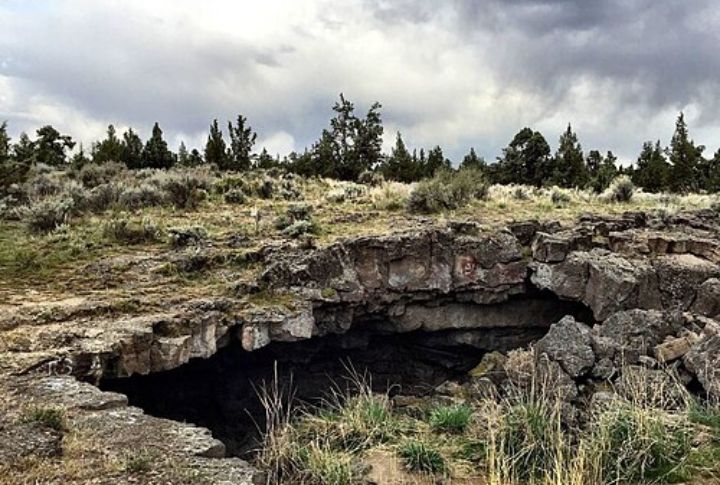
Five modest lava tubes rest beneath urban Redmond. Long ago, Native Americans found shelter within these walls. Now, leftover tools hint at lives once hidden below. Families wander these short passages and discover urban wildlife still thriving underground. Here, history and nature merge.
South Ice Cave
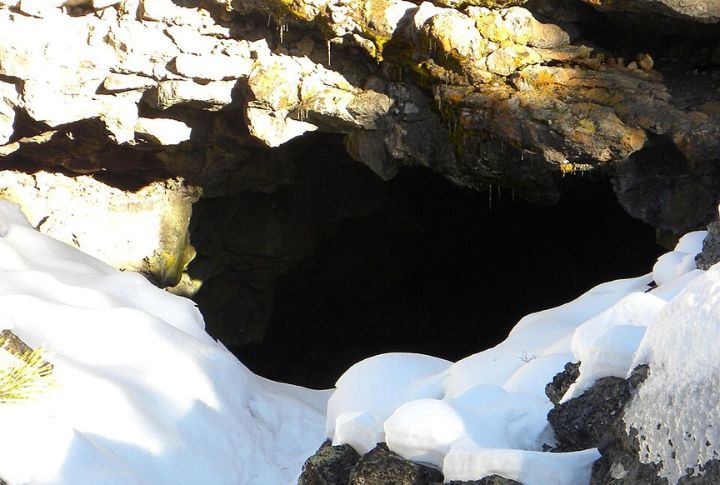
Inside the South Ice Cave, thick ice defies the summer sun. Imagine icicles clinging stubbornly even in August. This frozen wonder formed from cooling lava centuries ago, and its slippery floors test cautious steps. Fewer visitors find this remote spot, yet those who do stand amazed at the ice’s strength.
Fremont–Winema Lava Beds
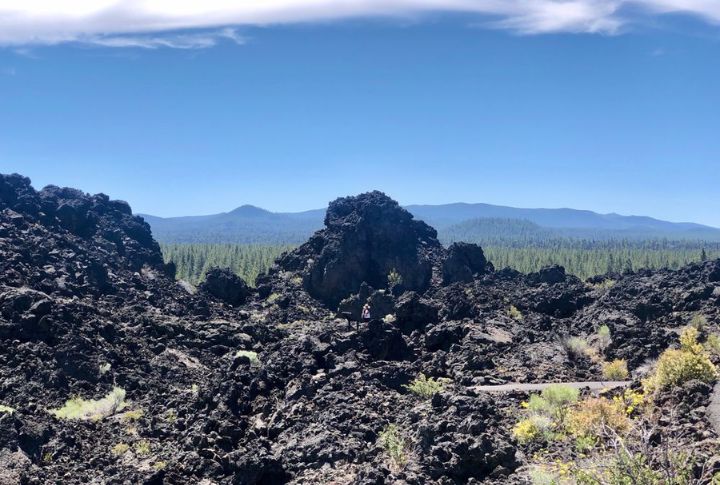
This region holds craters, lava tubes, and caverns, and we can thank multiple ancient eruptions for the area’s form. People often spot wildlife underground and may notice that the chambers bear maze-like shapes. The local folklore of native spirits makes a visit here even more interesting.
Derrick Lava Tube System
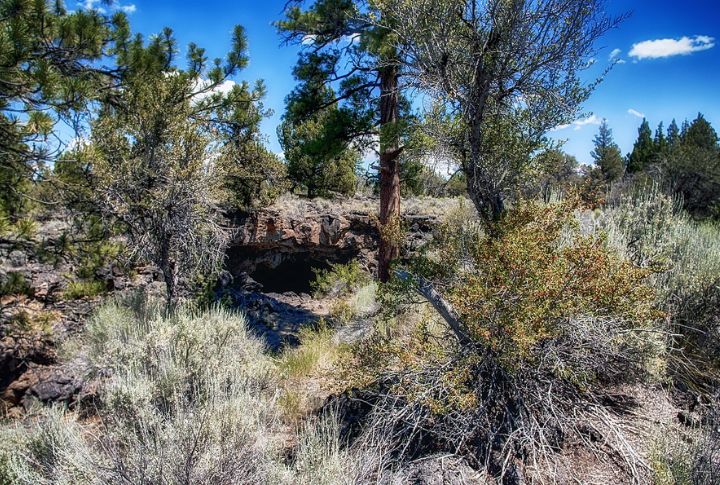
The Derrick Lava Tube System contains a complex network of underground passages. It features volcanic glass deposits that create shiny sections along the walls. Echoing chambers makes it more fun. This spot remains largely unknown to tourists, providing a quiet experience for those exploring it.
Boyd Lava Tube System
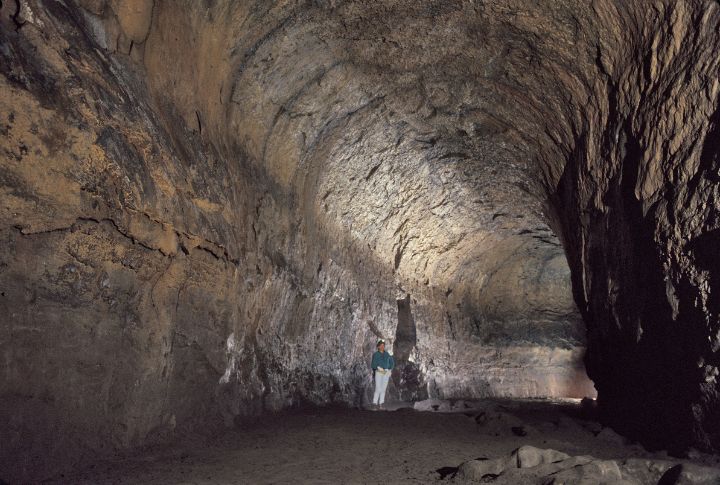
Here’s a hidden network of tubes created by the force of Newberry Volcano’s eruptions. Unmarked entrances challenge explorers, and wildlife moves through these hidden trails. Maps struggle to define these corridors fully, leaving an untouched mystery waiting for careful steps and observation.
Skeleton Cave
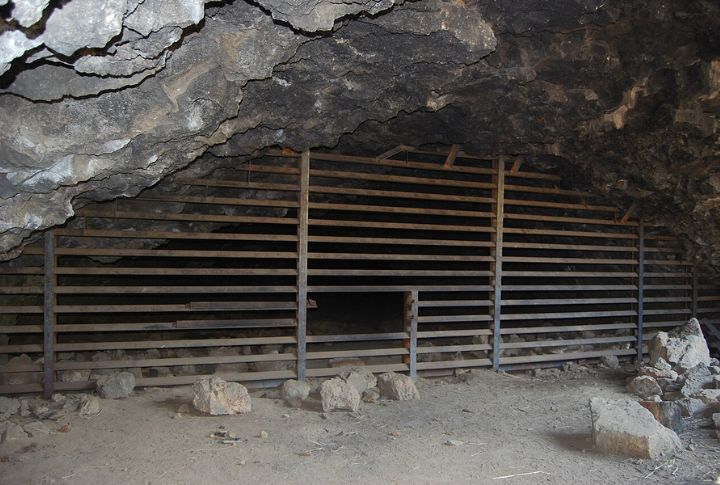
Ancient bear bones found here fit Skeleton Cave’s name. This long lava tube includes frozen chambers throughout the year. Rare lava ice stalagmites attract attention on guided tours as visitors learn about fossil finds while exploring icy tunnels. The haunting name continues to draw curious people.
Lava Cast Forest
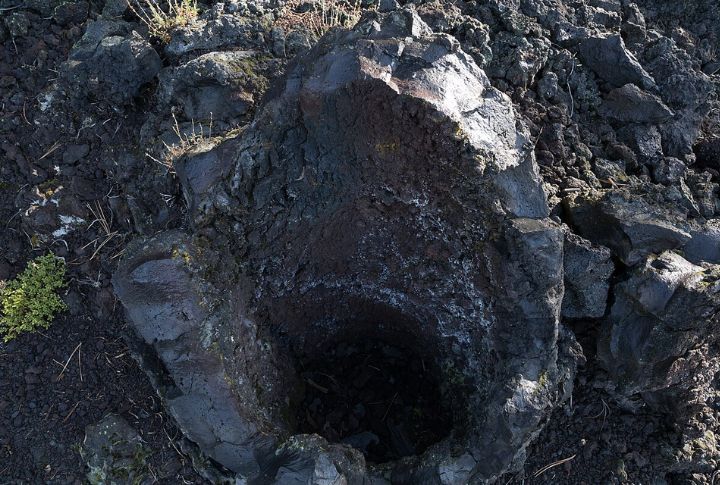
Lava Cast Forest preserves clear evidence of a volcanic event where lava flowed around living trees and left hollow molds. Visitors can walk inside these tree-shaped cavities. The forest of stone trunks appears eerie yet fascinating. Photogenic trails make it a popular stop for hikers and nature photographers.
Horse Cave
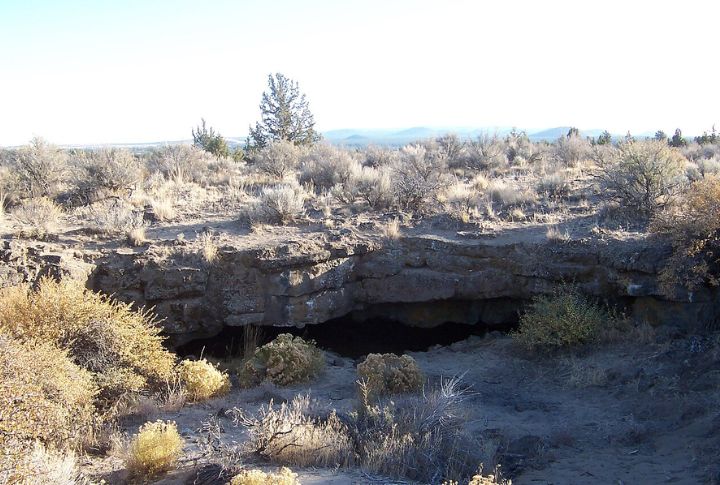
Horse Cave is a small lava tube shaped by flowing basalt. It holds significance due to ancient animal bones discovered inside. There are also stories of early ranchers using the cave for shelter. Hidden near horse trails, it stays cooler than the surrounding area, offering a pleasant break during warm months.
Arnold Lava Tube System
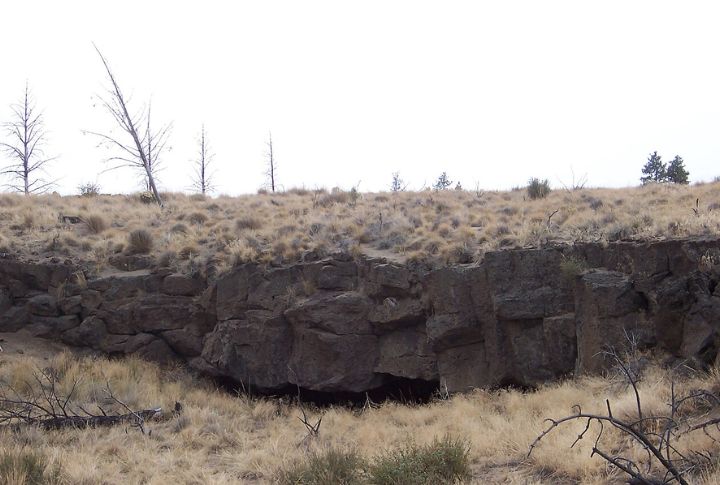
This system includes over six lava passages linked to central Oregon’s largest underground tube network. Stories suggest secret hideouts are hidden inside. Urban explorers like to test their nerves here. The layout confuses many, so people can get lost fast.



